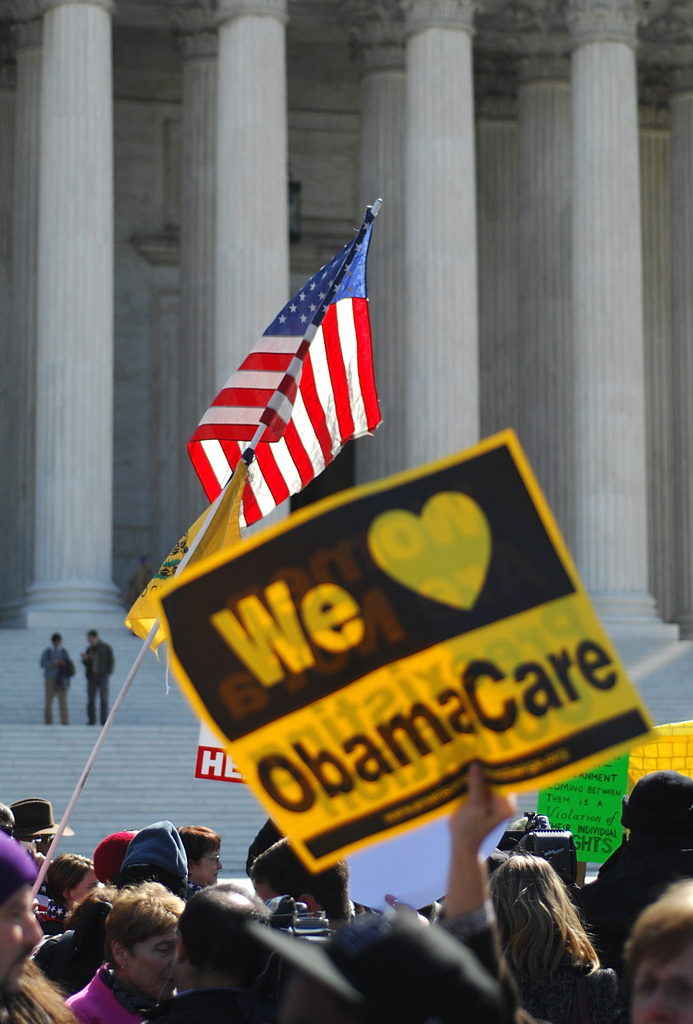A new nonpartisan study shows insurance premiums will be “lower than expected.”
 Republicans will try to find a counterargument to this, but it won’t be easy.
Republicans will try to find a counterargument to this, but it won’t be easy.
A study conducted by the nonpartisan Kaiser Family Foundation (KFF) examined individual policy prices in the states that have released comprehensive figures on their Obamacare insurance marketplaces. That’s 17 states so far, plus the District of Columbia, making this the largest study of the marketplaces to date.
The findings? Many Americans will pay even less than expected, especially if they’re eligible for federal tax subsidies. Others won’t pay anything for essential coverage.
Think Progress sums up some key facts:
Since premiums under the law will vary based on factors such as age and geographic location, KFF chose to examine how much the second-least expensive “Silver” mid-level plan and the least-expensive bare-bones “Bronze” level plan would cost for 25-year-old, 40-year-old, and 60-year-old Americans in those 17 states’ largest cities. The report includes both the top-line prices for those demographics, as well as what their costs would be after factoring in government subsidies based on varying income levels.According to KFF’s findings, a single 40-year-old in Los Angeles could buy the second-cheapest mid-level plan for $255 per month — but if that person makes just under $30,000 per year, he or she will only have to pay $193 per month after receiving a government subsidy.
Strikingly, in every city analyzed, a family of four with two 40-year-old adults and a household income of $60,000 per year would pay $409 per month for the second-cheapest Silver plan after receiving subsidies. That’s more or less in line with the average $4,565 per year that workers currently contribute towards their employer-sponsored health insurance plans.
The report also finds good news for younger and older Americans. In Seattle, a 25-year-old making $28,725 per year will pay $193 per month for a Silver plan after subsidies and $138 per month for the cheapest Bronze plan after subsidies. For a single 60-year-old with the same income, those number would be $193 per month and $44 per month, respectively, after factoring in subsidies. And in Burlington, Vermont, both a single 25-year-old making $25,000 per year and a 60-year-old couple making a combined $30,000 per year would pay nothing at all for the cheapest, bare-bones Bronze plan.
What’s more, according to KFF, coverage purchased through Obamacare marketplaces is expected to provide better, more comprehensive coverage, which Obamacare’s supporters have been saying all along.
These findings are a far cry from “the sky is falling” hysteria about higher costs that’s being peddled by Obamacare’s opponents. Instead, it’s the rates that are falling.
You can read the full KFF study here. (PDF)
[Photo credit: William Melton Jr. / SEIU]



